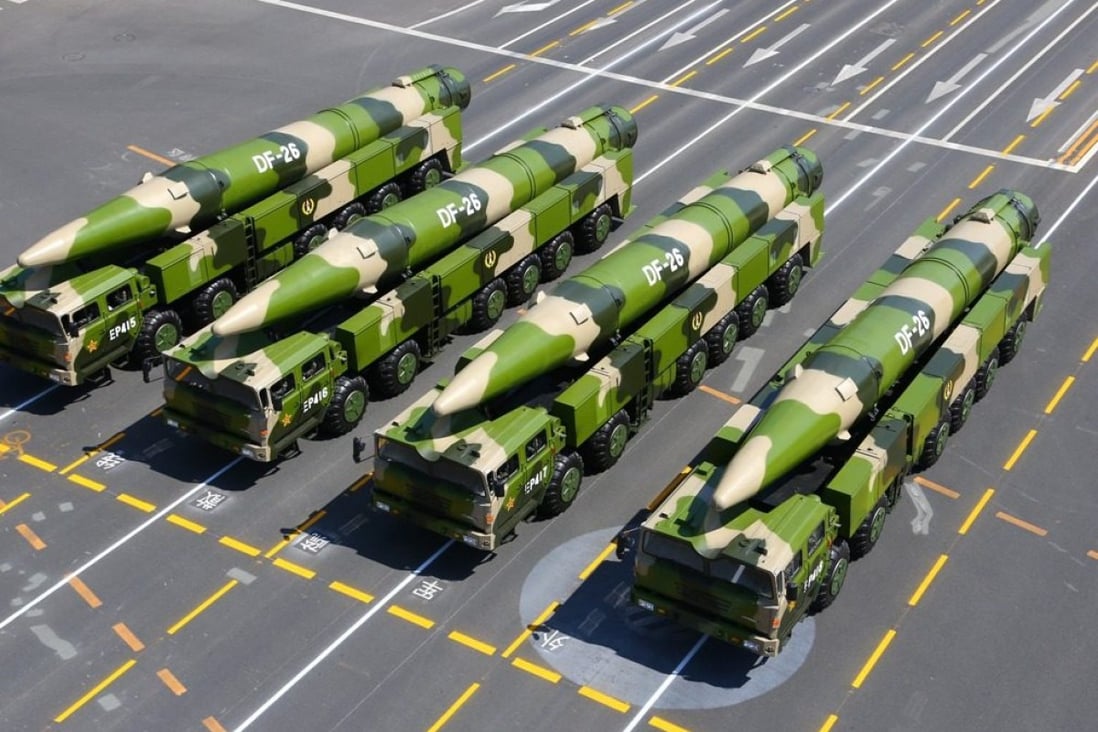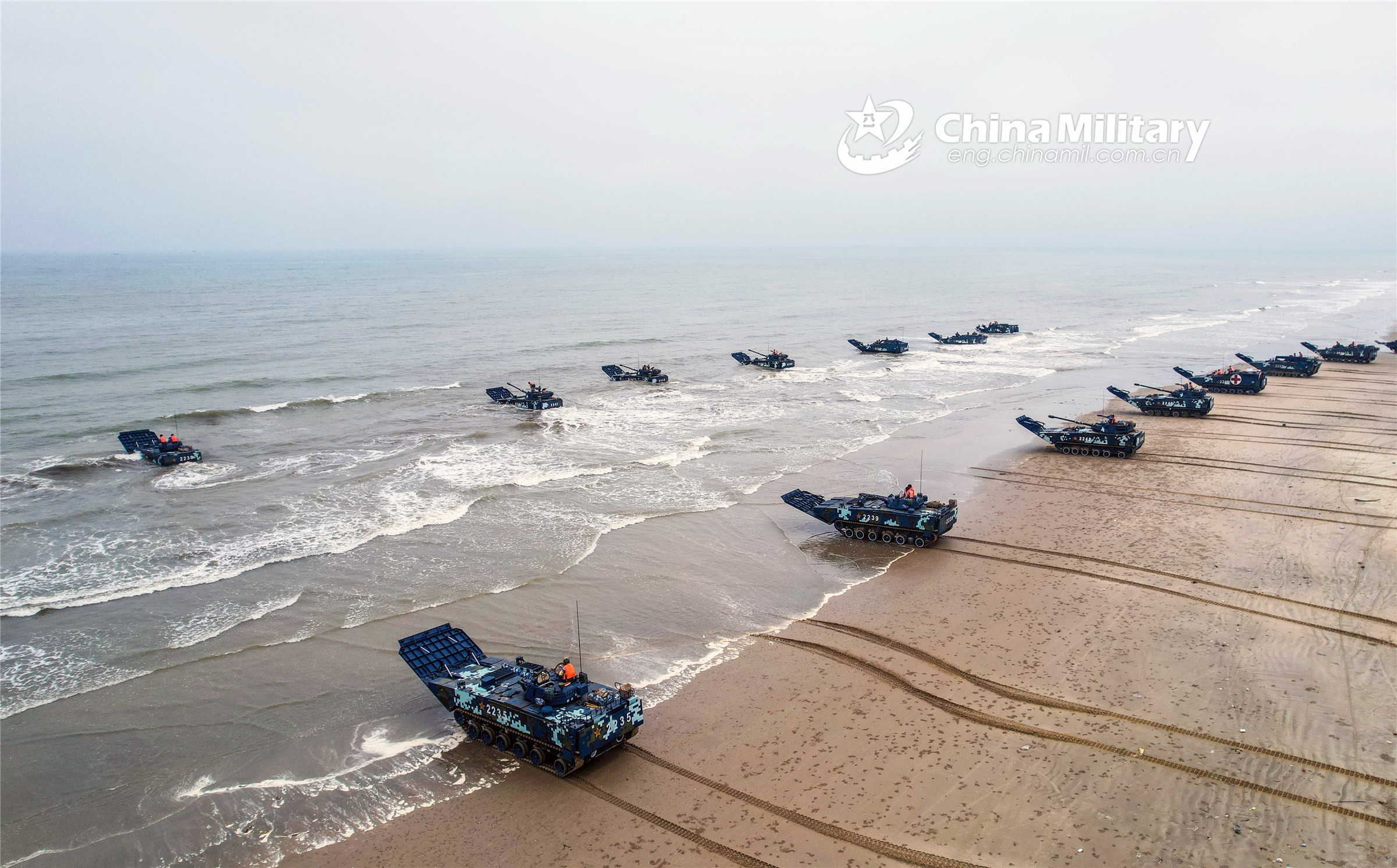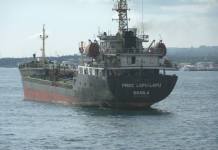In the event of a potential future conflict with China, the US could lose over 900 fighter jets, according to a team of American defense experts who conducted a war game simulating the US military response to a Chinese invasion of Taiwan in 2026.
While China’s People’s Liberation Army (PLA) was busy conducting military exercises around Taiwan, experts from the Center for Strategic and International Studies (CSIS) have been postulating a US-China war over the island.
The ongoing simulation has shown that the US could probably prevent the takeover of Taiwan by China or at least reach a stalemate, but it would end up paying a high cost in terms of ships, aircraft, and people’s lives.
The CSIS will run 22 simulations this year, partnering with various defense experts, retired military officers, and former Pentagon officials, and ultimately publish a report in December.
In 18 of the 22 rounds, the US lost around 500 aircraft, 20 surface ships, and two aircraft carriers in every round, according to the simulation staff involved. Losses at such shocking levels have been unknown to the US since World War 2.
“It is a very tough sell for China such that if Taiwan resisted and the US came to Taiwan’s aid, there’s an extremely low possibility that China would be successful,” Matthew Cancian, who partnered with CSIS as one of the wargame’s chief architects, told Breaking Defense. “But, the US takes a lot of losses… In many games, the US will lose almost its entire global fleet of tactical aviation.”
Experts note that the outcome of the war varied from game to game but what remained constant throughout all the simulations was massive losses on both sides.
As earlier reported by the EurAsian Times, the Chinese military is expected to be capable of fighting Taiwan and its allies together by 2027, per a report by the Taiwanese Ministry of Defense (MND).
War Game Simulations
China declared its decision to invade Taiwan, and the US decided to come to the island nation’s defense. Additionally, Japan, which has a base-sharing agreement with the US, does not actively participate in the conflict unless attacked directly.

Also, one of the conditions of the war games is that Taiwanese forces are primarily gathered in the capital city of Taipei but are crippled for the first three to four days.
This is to hypothesize a potential Chinese cyber-attack on Taiwan’s infrastructure in the initial hours of the conflict to slow down a response, just like Russia did during its invasion of Ukraine in February.
Every game simulates about three to four weeks of fighting.
Most importantly, nuclear weapons are not factored into the war game to keep the scope of the game manageable, meaning the experts on either side did not consider the use of nuclear weapons if the conventional war escalated.
US-China WarGames -TakeAway
According to experts, there have been a few takeaways from the 18 rounds of simulations so far.
One of the key takeaways was that the Chinese PLA would most probably try to invade Taiwan from the southern end of the island.
As stated earlier, one of the game conditions is that Taiwanese forces are mostly gathered in the capital city of Taipei, leaving the south vulnerable to a successful amphibious landing by the enemy.
It was left up to the players which landing site to begin with for invasion, and most favored the southern end. While few players did try to invade from the north, they were pushed back quickly.

Following the successful landing on the southern end, the Chinese could still find it difficult to make further breakthroughs because of the naval and aerial battle at sea, impairing their ability to resupply.
Another significant finding is that China will have to commit its military to the Taiwan invasion fully. Otherwise, it will be overwhelmed by the US.
In one of the simulations, China dispatched a limited force to attack Taiwan while holding back a large chunk of its forces to defend the mainland. However, the US side used tactical air forces to strike every amphibious ship possible, claiming air superiority in short order and thus ensuring a quick victory.
Most importantly, China must secure its amphibious fleet from US submarines and tactical air forces to successfully deploy troops ashore and resupply forces already fighting on the island to take control.
Furthermore, if China decides to attack Japan, it could have disastrous outcomes for its amphibious forces if not done correctly. In one of the simulations, China bombed US bases in Guam and Japan before mounting an amphibious invasion of Taiwan.
This led to the US and Japanese submarines targeting the Chinese amphibious fleet, adding to China’s problems.
“When you decide to attack Japan, you must attack all of Japan and clobber [them]. You can’t just attack once and bring in the [Japanese Self-Defense Forces] and allow them to run riot,” said Cancian.
However, the most concerning takeaway from all rounds of simulations is that the US could be severely weakened at the end of this conflict, with hundreds of its planes shot down and dozens of ships sunk.
This would adversely affect the US’ ability to project power forward, giving way to countries like Russia and Iran and encouraging them to take advantage of the US’ weakness.
- Contact the author at tanmaykadam700@gmail.com
- Follow EurAsian Times on Google News





